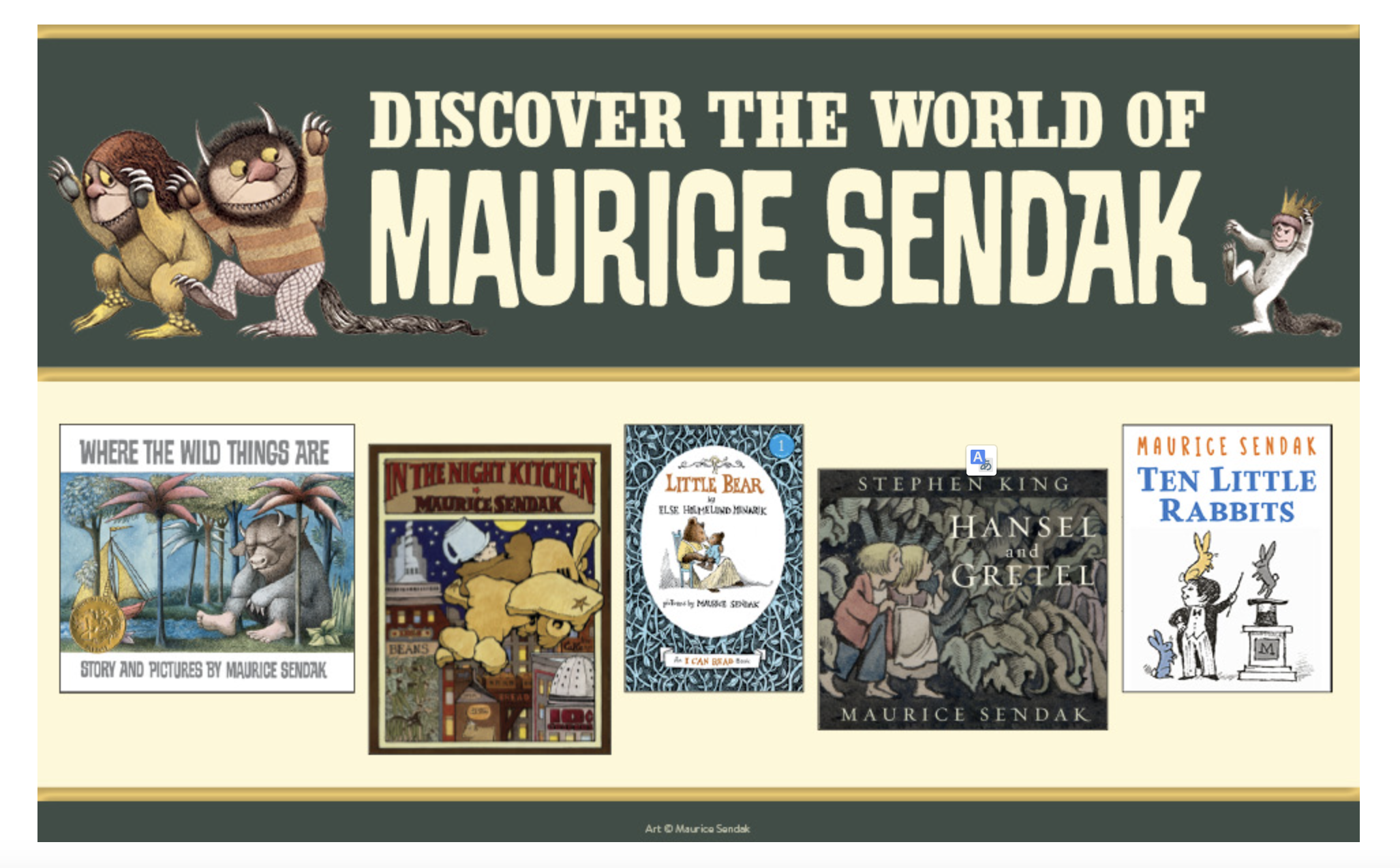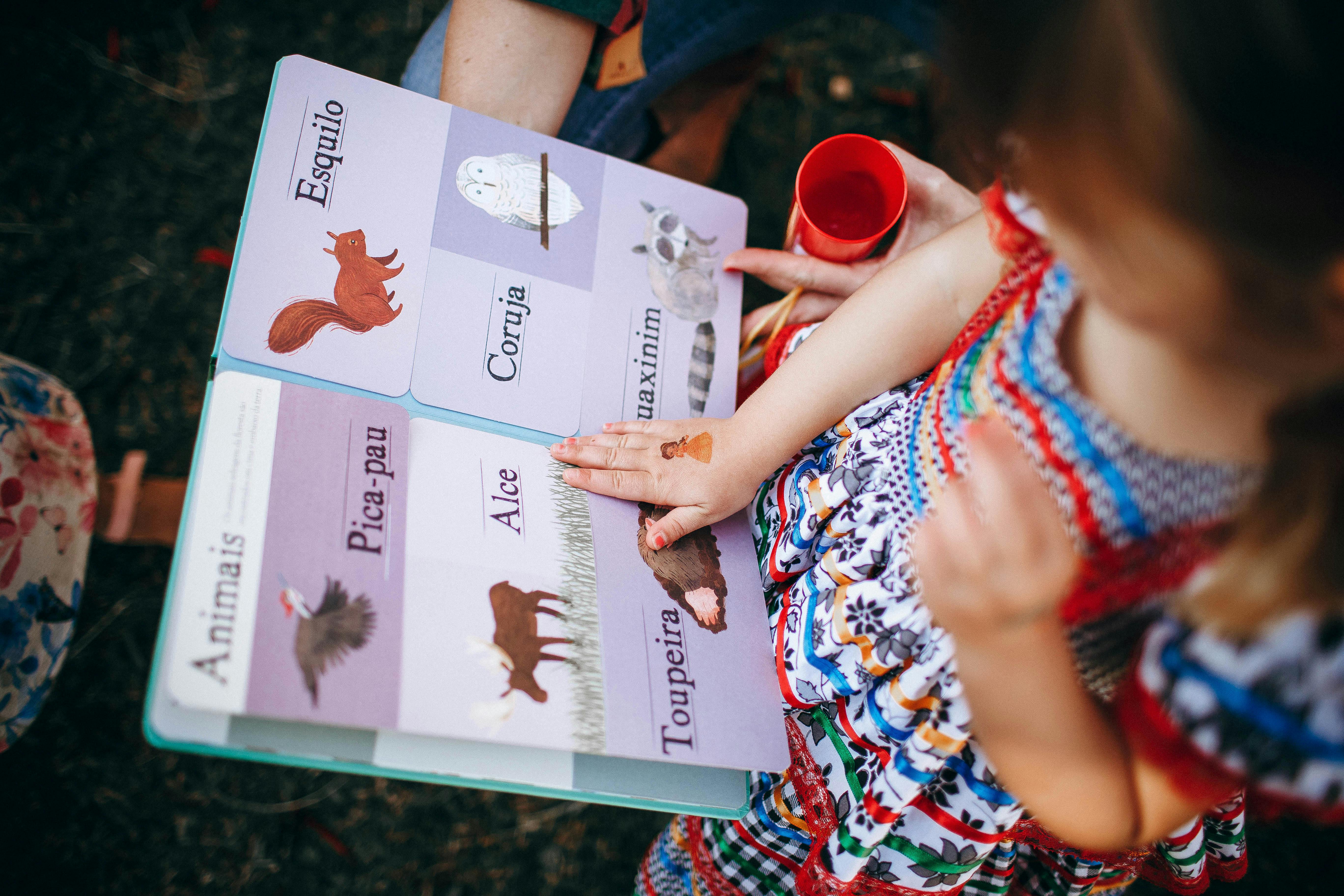5 Essential Tips for Writing Children's Books That Come to Life
I'll never forget the first time I read my children's book manuscript to a group of kids.
I was so proud of my story—the clever plot twists, the sophisticated vocabulary, the detailed descriptions that painted a complete picture. I thought I'd written something brilliant.
Then I started reading. And within two minutes, the kids were fidgeting. Within five minutes, they were looking around the room. By the time I finished, one little girl was literally asleep.
That's when I learned the hard truth: writing for children is completely different from writing for adults. It's not about showing off your vocabulary or creating complex plots. It's about creating magic.
Here's what I've learned about writing children's books that actually work.
The Numbers That Matter: Why Word Count is Everything
Before we dive into the tips, let me share some eye-opening statistics that changed how I write children's books.
According to The John Fox, a children's book editor who's worked with hundreds of manuscripts:
- Most authors write books that are too long - around 2,000 words, which is simply too long for a picture book
- The sweet spot for first-time authors: 500-800 words
- Classic books that work: "Goodnight Moon" (130 words), "Brown Bear, Brown Bear" (200 words), "The Very Hungry Caterpillar" (220 words)
The shorter your children's book, the better. But the sweet spot is truly 500-800 words. Anything shorter than that, and you won't be able to tell the story. Anything longer than that, and you're going to make the page ugly with text.

Tip 1: Write with Pictures in Your Head
Here's the biggest mistake I made in that failed reading: I was trying to do the illustrator's job. If you want to understand why illustrations matter so much, check out our post on Why Illustrations Matter in Children's Books.
The Magic Formula: Write the action, let the illustrator handle the visuals. If you're curious about how to work with illustrators, read How to Work with Illustrators: A Complete Collaboration Guide.
Instead of: "The little mouse wore a red velvet coat with golden buttons that sparkled in the sunlight, and carried a tiny silver spoon in his pocket."
Try: "The little mouse in his red coat carried a silver spoon."
See the difference? The second version gives the illustrator creative freedom while keeping the story moving. It's faster, cleaner, and more engaging for kids.
Real Examples from Classic Books
Look at how Maurice Sendak handles this in "Where the Wild Things Are":
Instead of describing the wild things in detail, he writes:
"And the wild things roared their terrible roars and gnashed their terrible teeth and rolled their terrible eyes and showed their terrible claws."
The illustrations show us exactly what the wild things look like. The words focus on the action and emotion.
Eric Carle does the same in "The Very Hungry Caterpillar":
"On Monday he ate through one apple. But he was still hungry."
Simple words. The illustrations show us the apple with a hole in it. No need to describe what we can see.
The "Can I See It?" Test
Here's my favorite trick: after every sentence, ask yourself, "Can I see this in a picture?" If the answer is yes, cut it down or cut it out.
Words are for:
- Dialogue
- Action
- Emotions
- Sounds
- Internal thoughts
Pictures are for:
- What things look like
- Character appearances
- Setting details
- Visual gags
Tip 2: Create Characters Kids Want to Hug
I have a friend who's written over 20 children's books. Her secret? She doesn't create characters—she creates friends.
Here's what she does: before she writes a single word, she spends time with her characters. She imagines what they eat for breakfast, what makes them laugh, what scares them, what they want more than anything in the world.
Then she shows these traits through action, not description.
Instead of: "Emma was a brave little girl who loved adventure."
Try: "Emma packed her backpack with a flashlight, a map, and three chocolate chip cookies. Just in case."
The second version shows us Emma's personality through what she does. Kids can see her being brave and adventurous. They can imagine themselves doing the same thing.
The Character Test
Here's how I test if my characters are working: I imagine a child retelling my story to their parent. If they can describe my character's personality without using the words I wrote, I know I've succeeded.
Tip 3: Structure Your Story Like a Roller Coaster
Children's books need rhythm. They need ups and downs. They need moments that make kids gasp, laugh, and cheer.
Here's the structure that works every time:
The Setup (Pages 1-3): Introduce your character and their world. Make us care about them immediately.
The Problem (Pages 4-6): Something goes wrong. The bigger the problem, the better the story.
The Attempt (Pages 7-10): Your character tries to solve the problem. This is where the fun happens.
The Solution (Pages 11-12): The problem gets solved, usually in a surprising way.
The Ending (Page 12): A satisfying conclusion that makes kids smile.
The Page-Turn Test
Here's my secret weapon: after every page, ask yourself, "Will a child want to turn the page to see what happens next?"
If the answer is no, you need to rewrite that page.
Tip 4: Choose Words That Sound Good Out Loud
Here's something most writers don't think about: children's books are meant to be read aloud. The words need to feel good in your mouth and sound good to your ears.
Rhythm matters. Vary your sentence lengths. Use repetition for younger readers. Create patterns that kids can predict and join in on.
Sound matters. Use onomatopoeia. Choose words that sound like what they mean. "Splash" sounds wet. "Whisper" sounds quiet. "Boom" sounds loud.
Emotion matters. Use words that convey feeling. "Tiptoed" feels different from "walked." "Giggled" feels different from "laughed."
The Read-Aloud Test
Read your story out loud. If you stumble over words, if sentences feel awkward, if you run out of breath, fix it. Your story should flow like music.
Tip 5: Trust Your Illustrator (Even If You Haven't Met Them Yet)
This was the hardest lesson for me to learn: I'm not the only storyteller in the room. If you want to learn how to choose the right style, see How to Choose the Perfect Illustration Style for Your Book.
When you write a children's book, you're creating a collaboration. Your words tell part of the story. The illustrations tell the rest. Together, you create something magical.
Leave room for the artist. Don't describe every detail. Let them bring their creativity to your story.
Create "illustration moments." Give your illustrator opportunities to shine. A character making a funny face. A dramatic action scene. A beautiful setting.
Trust the process. The best children's books come from true collaboration between writer and illustrator. Be open to their interpretation of your words.
The Collaboration Mindset
Think of your manuscript as a blueprint, not a finished product. You're providing the foundation. The illustrator will build the house.
Your Step-by-Step Children's Book Writing Checklist
| Step | What to Do | Why It Matters |
|---|---|---|
| 1 | Start with a feeling | Kids remember how stories make them feel |
| 2 | Create a lovable character | Kids want a friend, not a hero |
| 3 | Keep the plot simple | Simple = memorable |
| 4 | Leave room for pictures | Let the illustrator work their magic |
| 5 | Read it out loud | If it's fun to say, it's fun to read! |
| 6 | Test on your target age | Kids are the best critics |
| 7 | Edit ruthlessly | Every word must earn its place |
| 8 | Check your word count | 500-800 words is the sweet spot |
The Revision Process: Making Your Story Shine
Here's my revision checklist:
Read it aloud. If it doesn't sound good, it won't read well.
Test it on kids. If possible, read it to your target audience. Watch their faces. Listen to their questions. Pay attention to when they get bored.
Check the word count. Different age groups have different expectations:
- Board books: 50-100 words
- Picture books: 200-800 words (500-800 for first-time authors)
- Early readers: 500-1,500 words
- Chapter books: 1,000-10,000 words
Verify character consistency. Does your character act the same way throughout the story?
Ensure clear structure. Can you identify the beginning, middle, and end?
Common Mistakes That Kill Children's Books

Being too preachy. Kids can smell a lesson from a mile away. If you want to teach something, wrap it in a great story.
Using adult language. Kids don't talk like adults. They don't think like adults. Write for them, not for their parents.
Creating perfect characters. Kids relate to characters who make mistakes, who are scared, who don't always know what to do.
Forgetting the fun. Children's books should be enjoyable. If you're not having fun writing it, kids won't have fun reading it.
Writing too long. According to The John Fox, most authors write books that are about 2,000 words—simply too long for a picture book. The sweet spot is 500-800 words.
Trying to do the illustrator's job. If you can see it in a picture, don't describe it in words.
Real Author Quotes That Inspire
"I always write my stories out loud first. If it doesn't sound good, I change it." — Margaret Wise Brown, author of "Goodnight Moon"
"The best stories are the ones that leave space for the pictures to tell their own story." — Eric Carle, author of "The Very Hungry Caterpillar"
"I don't write for children. I write—and somebody says, 'That's for children!'" — Maurice Sendak, author of "Where the Wild Things Are"
Success Story: From Manuscript to Published Book
Sarah Johnson had a dream: to write a children's book about a little mouse who learns to be brave. Her first draft was 1,500 words—way too long. She followed these exact tips (and made sure to budget for illustrations—see How to Budget for Book Illustrations):
- Cut her word count from 1,500 to 650 words
- Let the illustrator handle visuals - removed all descriptive passages
- Created a lovable character through action, not description
- Tested on kids - read it to her niece's preschool class
- Read it aloud until it flowed like music
The result? Her book "The Brave Little Mouse" was picked up by a major publisher and has sold over 10,000 copies. The key was trusting the process and letting the illustrations do their job.
The Magic Formula for Success
Here's what I've learned after writing dozens of children's books:
Start with emotion. What feeling do you want kids to have when they finish your book?
Keep it simple. The best children's books have simple plots and complex emotions.
Write for the child, not the parent. Don't worry about what adults will think. Focus on what kids will love.
Test everything. Read it aloud. Share it with kids. Get feedback. Revise until it's perfect.
Trust your instincts. If something feels wrong, it probably is. If something feels right, it probably is.
The Bottom Line
Writing children's books isn't about creating literature. It's about creating magic. It's about giving kids stories that make them laugh, think, and feel.
The best children's books don't just entertain—they become part of a child's life. They're read again and again. They're memorized. They're loved until the pages fall apart.
That's the goal. Not to write a perfect story, but to write a story that becomes a friend.
Ready to bring your children's book to life with beautiful illustrations? Get a quote to connect with professional illustrators who understand the magic of visual storytelling and can turn your words into unforgettable artwork.
